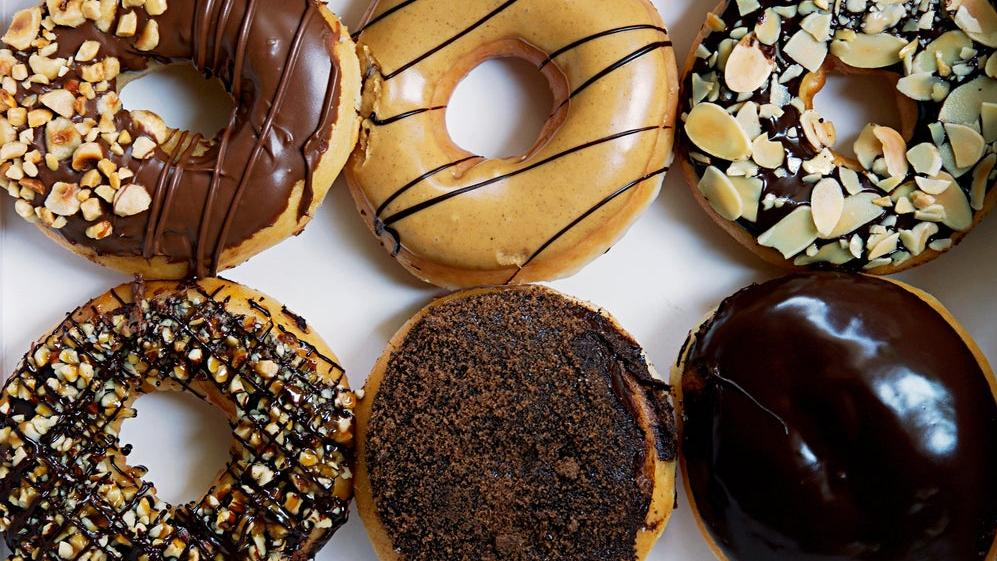The Hidden Lingo Behind Your Favorite Snack Foods
The insider's look at industry terms for common grocery items.
Think about all the workplace terminology you've picked up over the years, as you connect with coworkers ASAP to generate the P&L and the KPIs for Q3 by EOD. Every industry has its own lingo, a fact that's equally true for the companies that make our favorite candy and snacks. And after years of poring over communications from the world's top food brands, we've noticed a few choice vocab words pop up that companies use to discuss their products internally.
Below are a few bits of industry lingo that are a lot more fun than layman's terms. Please use this knowledge responsibly, for the express purpose of impressing your friends and/or winning at bar trivia.
Chewlets
This is the official term for an individually wrapped piece of Hi-Chew candy, a treat originating in Japan in the 1970s and which has exploded in popularity across the United States over the past 25 years. The name Hi-Chew is a nod to the fact that it's meant to be chewed for prolonged periods of time like a piece of gum, though its concentrated fruity flavor is more like a Starburst, and it can be swallowed once it dissolves slightly. Before Hi-Chew came along in 1975, its predecessor was the 1956 strawberry-flavored Morinaga Fruit Chewlet, and even after the product was reimagined, the term "chewlet" stuck. Isn't it cute?
Basecakes
This might sound like a term thrown around at the Hostess factory, but "basecake" is actually the name for the chocolate cookies comprising an Oreo. As indicated by Mondelez International, parent company of Oreo, the basecakes are 2.5" in diameter and can be used to "create a variety of desserts including ice cream sandwiches and more, like S'mores made with OREO Wafers." How have we never tried that combination before?
Lentils
Though lentils are a common legume featured in cuisines around the world, the term "lentils" is also used to refer to M&M's candy. Yes, lentil can refer to an individual piece of chocolate in a candy shell—it pops up unexpectedly on Mars, Inc. press releases, jarring to any of us not already in the know. As eagle-eyed Reddit users have pointed out, the word is the generic term for any M&M's-style chocolate candy. Technically speaking, we already have the word "dragee" for that, but I won't split hairs.
Cheetle
"Cheetle" is a relative newcomer in the snack lexicon, having only been introduced by Frito-Lay in 2020 to describe the cheesy orange dust that turns to paste on avid snackers' fingers. It has, however, been adopted with zeal by the company, to the extent that every appearance of the term is capitalized and slapped with the ® symbol. Anecdotally, no one I know has ever organically used the word Cheetle® in conversation; I suppose we've lived long enough without an industry-approved term for Cheetos dust that none of us are shopping around for an alternative. Thanks anyway, Chester—and congratulations on your Cheetle statue.
Shell Doughnut
At Krispy Kreme, you can order a regular doughnut, shaped like a ring, or you can order a so-called shell doughnut, which refers to any round, hole-less doughnut filled with something delicious. (Alas, Krispy Kreme does not offer the beloved Long John.) The term "shell doughnuts" is used elsewhere in the industry, too, but not by the average consumer, who tends to refer to them in their final form, such as a Boston Cream or the excellent Cake Batter Doughnut. Something about the word "shell" just sounds tougher and crispier than the soft, pillowy product sold at Krispy Kreme. Even though "Krispy" itself sounds kind of sharp and crunchy. Language is weird.
